
Kia XCeed review

Introduction
Sorry, we couldn’t resist the corny introductory joke. But, with lots of ‘Ceed’ terminology floating around, it’s easy to get confused, so we’ll cut to the chase. Essentially, any Kia with the word 'Ceed' is a different version of basically the same vehicle.
The XCeed is a sports crossover SUV based on the standard Ceed hatchback. There’s also the Ceed Sportswagon, which is an estate, and there’s the ProCeed, a shooting brake which, for those unfamiliar with the term, means it’s like an estate, but with a more rounded, bulbous rear end.
But, for all the numerous variants that Kia manufacturers, the XCeed has a slightly bizarre and unique quirk that the others don’t: the XCeed was never meant to exist in the first place.
Select's rating score* - 3.3 / 5
At a Glance
While designing other ‘Ceed’ variants, Kia realised that it could easily adapt the vehicle to a crossover body style – and so the XCeed was born.
Compared with its siblings in the range, it’s slightly more rugged-looking, with thicker bumpers, roof rails and more prominent wheel arches. What’s more, the vehicle is just over four centimetres higher than the Ceed, somewhat longer and has a bigger boot.
It looks nice, too, with a modernised front end that features a more rounded main and lower grille, garnished with a silver border. Mind you, the dark colouring surrounding the lower grille masks the roundedness somewhat. In addition, the lower section shows off a sportier and more athletic stance. There is also a meaty front bumper which provides an almost body kit-like appearance, while the front headlights stretch out and around the side of the car.
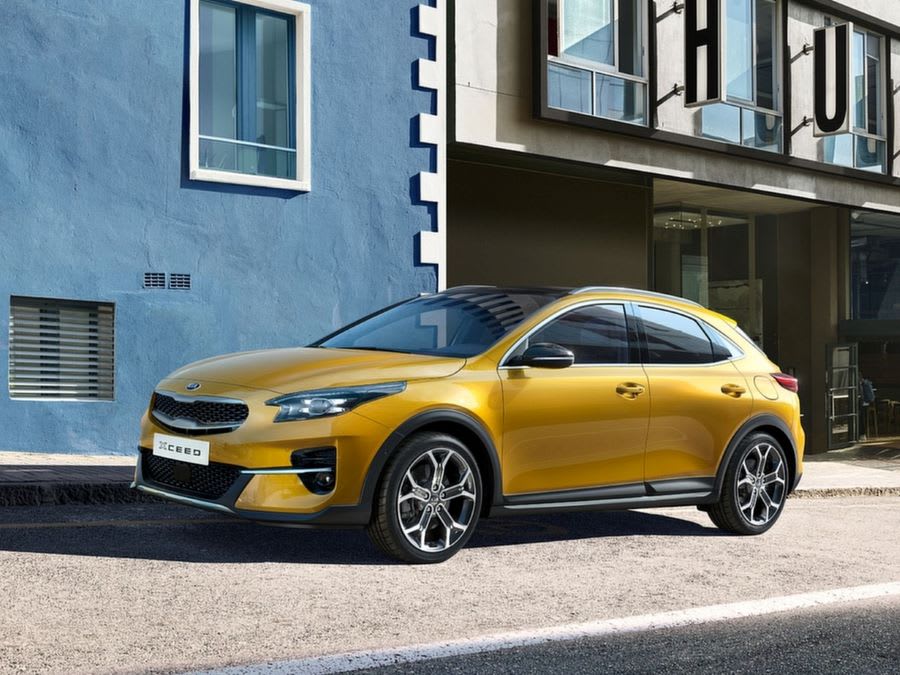
From the side, the doors are smooth and without creases. However, a concave indentation towards the rear makes the back wheel arches stick out to give a more rugged off-road appearance. The top of the rear windows slopes down towards the back, but the actual roofline doesn’t follow it quite so aggressively. As a result, the roof remains relatively high towards the back, which might help taller rear-seat passengers.
There is a modest spoiler overhanging the rear windscreen, with LED lights, triangular reversing lights that are low down, and a silver-coloured diffuser housing two large exhausts.
Key Features
There are several trims to choose from.
XCeed ‘2’ is entry-level (no, we’re not sure why they don’t start from ‘1’ either). You get 16-inch alloys, LED headlights and taillights, an eight-inch touchscreen for the infotainment system, Android Auto and Apple CarPlay included as standard, a reversing camera, cruise control and a speed limiter.
Next up is XCeed Connect, which, as the name suggests, improves the infotainment system, upgrading it to a 10.25-inch screen and the newer UVO Connect system with SatNav. You also get 18-inch rims, premium paint, privacy glass, cloth and faux leather upholstery, an electronic parking brake, electric folding and heated door mirrors and powered lumbar support for both front seats.
XCeed ‘3’ is up next, including dual-zone climate control, heated front seats, a heated steering wheel and a smart key with an engine start/stop button.
Top of the range is XCeed ‘4’, which also includes a 12.3-inch digital instrument display, panoramic sunroof with electric tilt/slide function and a powered roller blind, a powered tailgate, aluminium pedals, and heated outer rear seats.
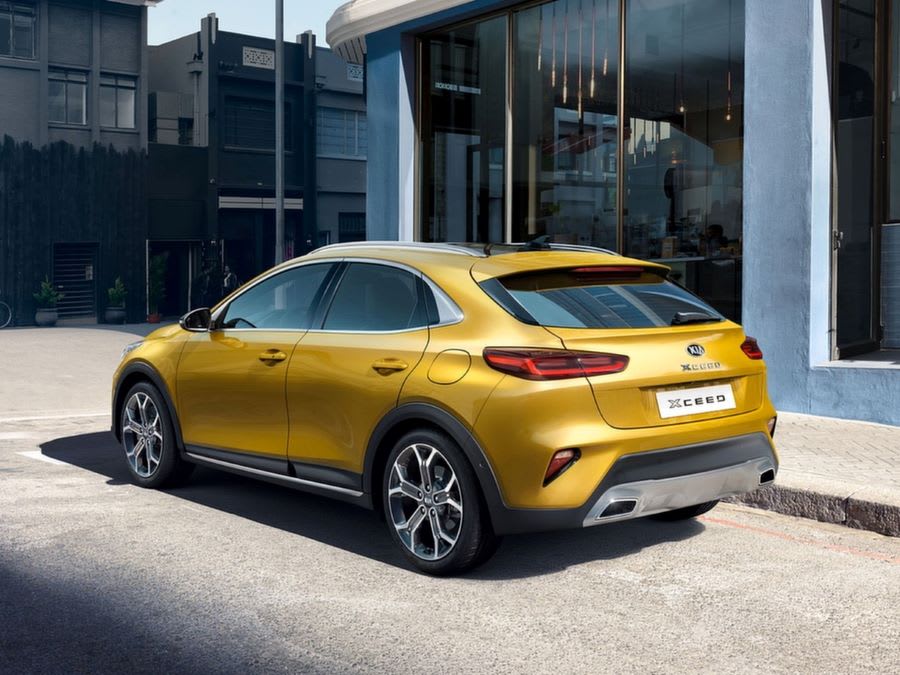
We’d have to recommend going for at least the ‘3’ trim.
In terms of engines, there are three to choose from, two of which are turbocharged petrols.
You get a 1.0-litre with the XCeed ‘2’ and Connect trims, plus a manual gearbox. ‘3’ and ‘4’ trims get the option of manual or automatic, while the engine is upgraded to a 1.5-litre.
There are no diesels to choose from nowadays, but those seeking good fuel economy will be pleased to know that the third engine choice is a plug-in hybrid. It’s a 1.6-litre petrol, which combines with an electric motor to produce a total of 141PS.
The PHEV is only available with the top two trims and comes with an automatic gearbox.
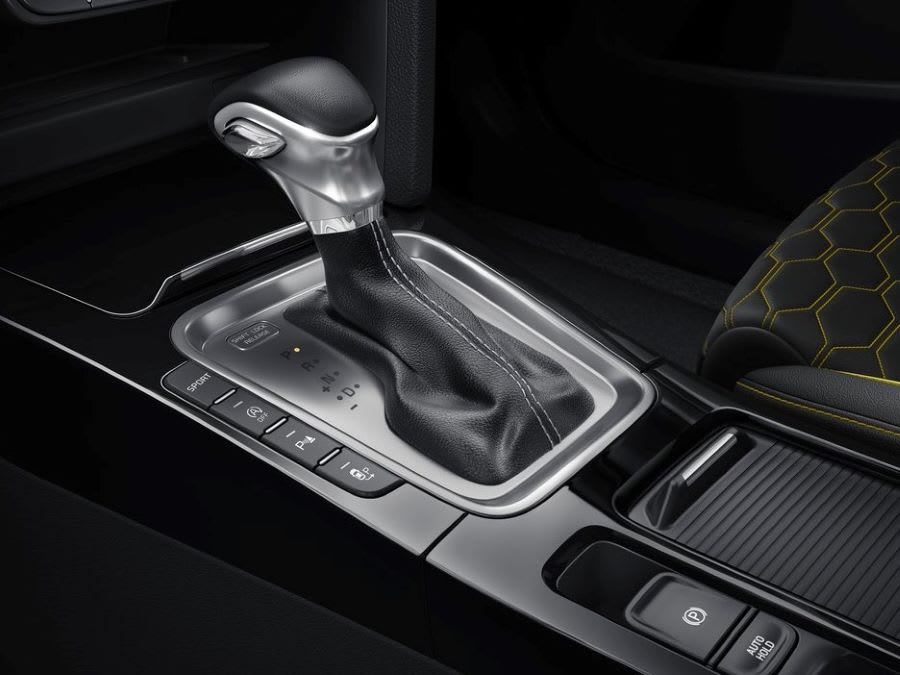
Performance & Drive
Our test car is the top-of-the-range ‘4’ trim with the 1.5-litre engine.
We have tested the lower-powered 1.0-litre engine, too. It is perfectly capable of a slow commute to the office if most of your journey is in stop-start traffic or you're happy pottering around town to do the weekly shop. It has got a decent amount of pulling power in the mid-range, as well, but you do need to rev the car to get it going from a standing start.
The larger engine is even more capable in our test model, offering more performance across the rev range. It doesn't feel like it has to be thrashed to make good progress, and it's much perkier. Overall, if your regular use involves speeds of 50mph or more, then this is the one to go for.
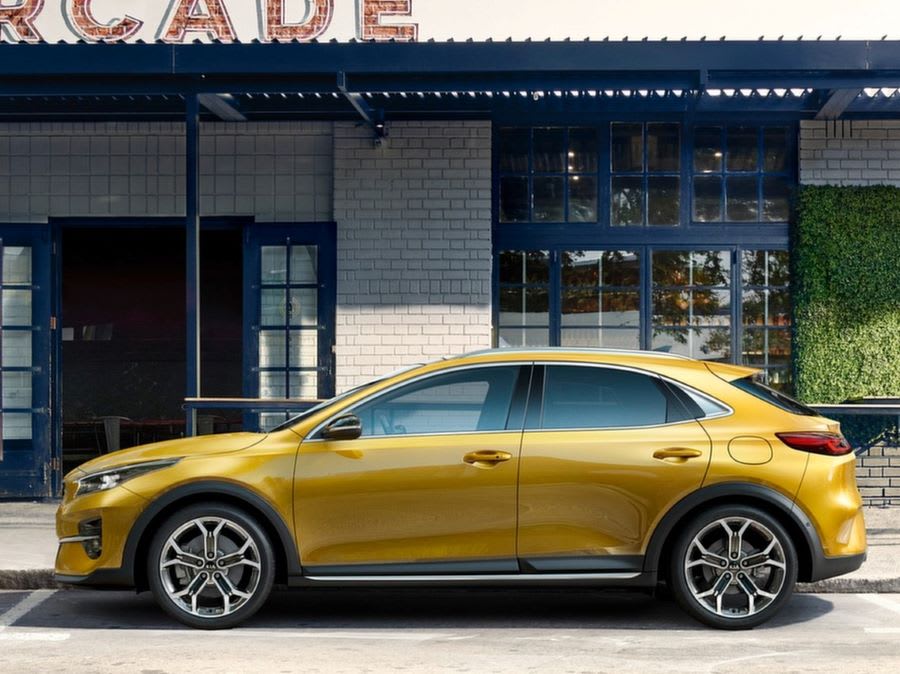
That said, the plug-in hybrid might be tempting. The 1.6-litre has an all-electric range of just over 30 miles, and, for most single journeys, that should be sufficient. Moreover, the transition is smooth when the engine is called into action. But the same can’t be said about the automatic gearbox, which can make things a bit juddery on downshifts.
The hybrid will also put some charge back into the batteries under braking. In this regard, the XCeed performs well without making you feel like the car has come to a dead stop from 40mph, as you’ll find in some electric vehicles. Zero to 62mph takes just under 11-seconds in the hybrid, which isn’t particularly quick.
In terms of drivability, although the XCeed has a softer suspension arrangement than the standard Ceed, the ride still feels quite firm, especially at lower speeds. It isn't uncomfortable – in fact, quite the opposite – but more of a happy medium between comfort and performance. At higher speeds, it feels smoother. The firm set-up means it’s more fun to drive, though, especially around bends. It won’t be competing with the German premium brands for handling, but it does exhibit a decent amount of personality, especially when you’re driving in a rush.
There's oodles of grip in the corners, and the body roll is very well controlled. It feels firmly stable, well planted, and doesn’t lean very much if you take a bend at a brisk pace.
It’s not bad but, certainly, there are better cars if an enjoyable driving experience is high on your list of priorities. That said, the XCeed is certainly nimbler than the Ceed.
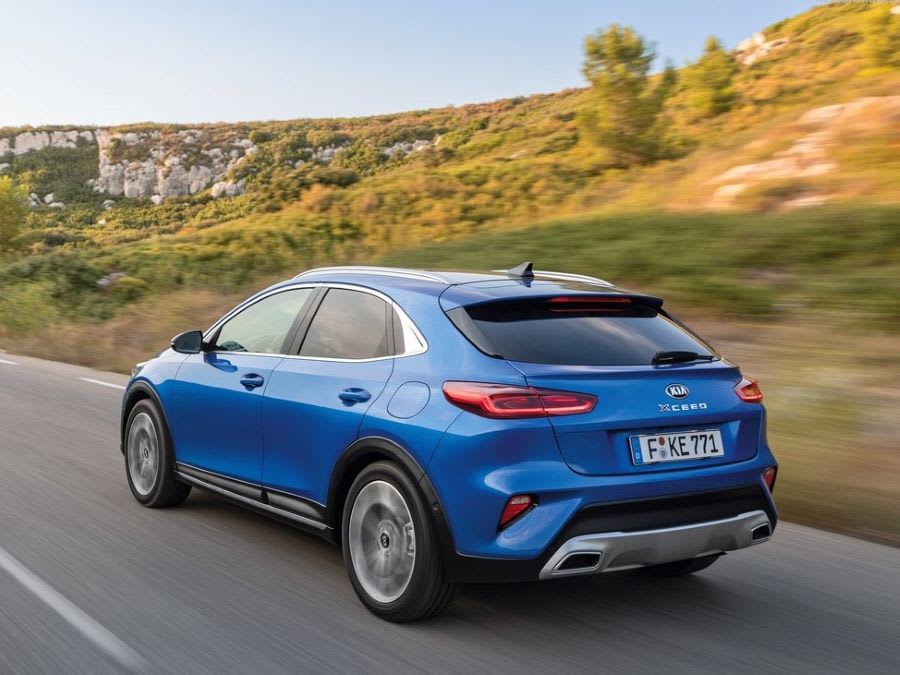
The steering is light and reasonably responsive. However, as you apply more lock, the sensitivity seems to reduce, which can effectively create a bit of additional understeer, as you risk underestimating the amount of lock you need to turn the corner. This is something that you probably won’t notice unless you’re pushing the car to its limits. And, if you do notice it, it’s likely something that you’ll naturally compensate for in time anyway.
The soundproofing isn’t brilliant, but there's not a tremendous amount of road or wind noise either, unless you’re going very quickly.
Running Costs & Emissions
The 1.0-litre engine manages 47.1mpg, producing 136g/km of CO2.
This compares with 44.8mpg and 143g/km of CO2 for the larger 1.5-litre engine, while the reasonably high CO2 figures mean it’s not that attractive for company car tax purposes.
On the other hand, the plug-in hybrid can manage around 30 miles on all-electric power. Combined with the 1.6-litre engine, it'll achieve around 200mpg and produces between 32 and 38g/km CO2. But you'll need to ensure it's fully charged up to get anywhere near the claimed figures.
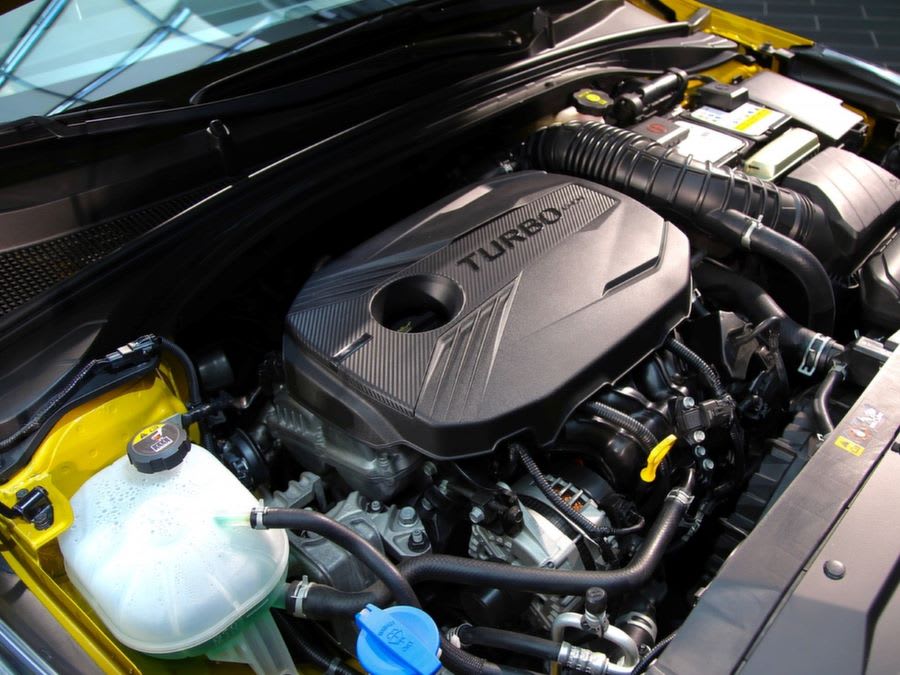
That said, if you do charge it up, the figure seems to be accurate as, on our test drive, we managed 31 miles before the batteries were drained and the engine was called into action.
One thing you don’t need to worry about is reliability. Kia is performing very well in that regard and, to prove it, the automaker backs up its products with a seven-year warranty. At the same time, servicing costs are reasonable.
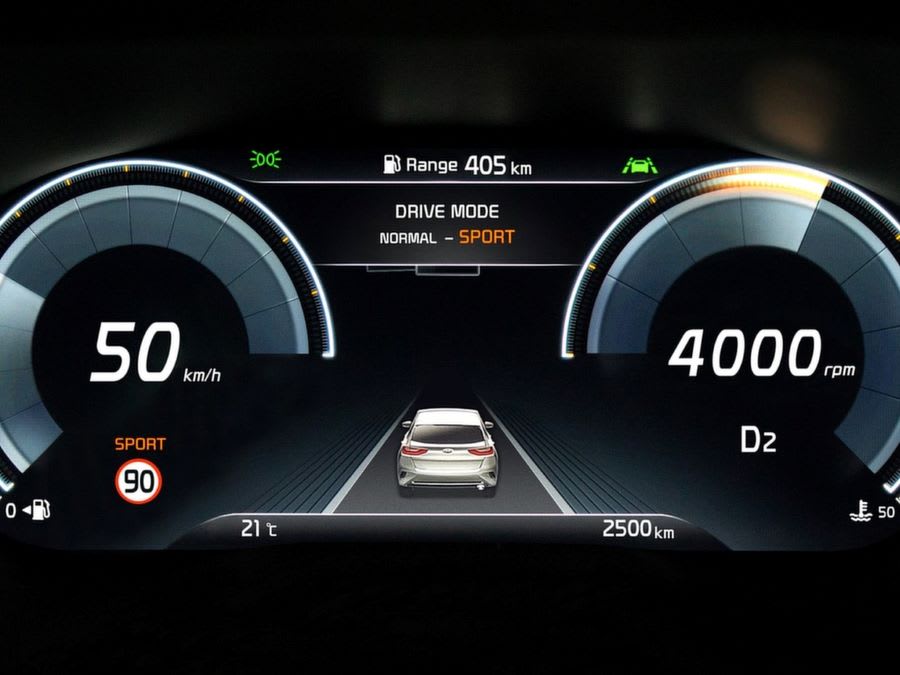
Interior & Technology
The interior has been improved and looks a lot nicer now. Of course, it still isn't the most luxurious motor, and it isn't anything to write home about. But it's certainly an improvement on what came before.
There are plenty of silvery bits to break up what would otherwise be a monotonal colour scheme. Whereas older models felt relatively cheap and plasticky inside, this features more soft-touch surfaces and feels more homely.
The 10.25-inch screen sits on the dashboard like a tablet, and the infotainment system is impressive but not class-leading. Nevertheless, it's responsive and looks modern, with clearly and logically laid out menus. You can change any number of vehicle settings through it. For example, you can adjust the lighting, view the car's economy figures, and, of course, operate the radio and SatNav systems, or use Apple CarPlay and Android Auto.
The fully digital dials included in our ‘4’ trim test car are also a nice touch, although they are not customisable, which is disappointing.
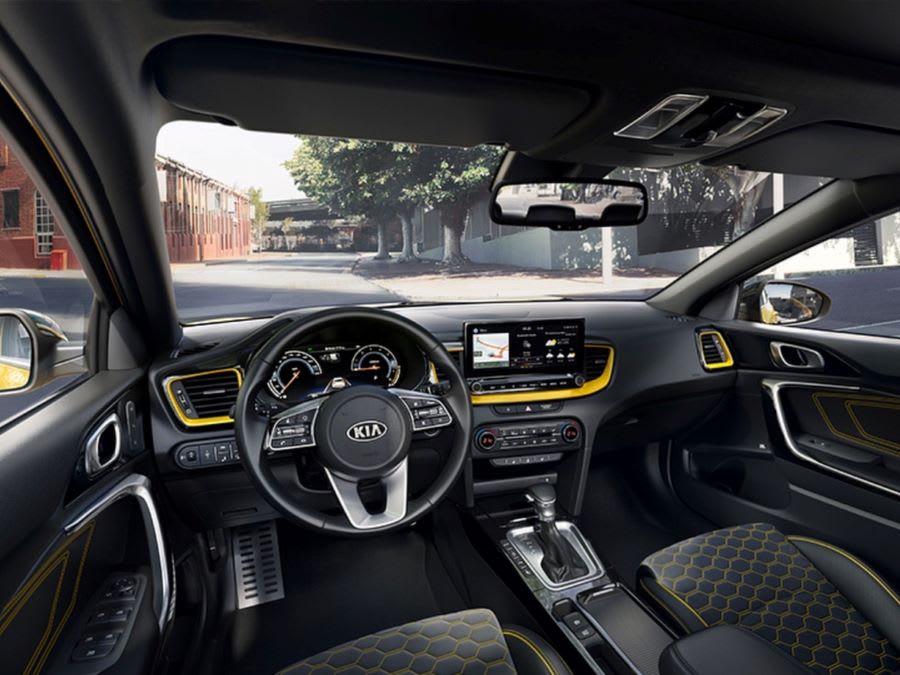
Practicality & Boot Space
There is a good amount of headroom in the front and plenty of room for your legs, so taller drivers are well accommodated.
It is a different story in the back, though. Room isn't great for legs – or feet, for that matter. And, although the roofline slopes down slightly, it doesn’t limit headroom as much as in other SUV crossovers.
As a result, there's decent visibility through the rear window, and, given the higher ride height, the driver has a slightly more commanding view of the road ahead.
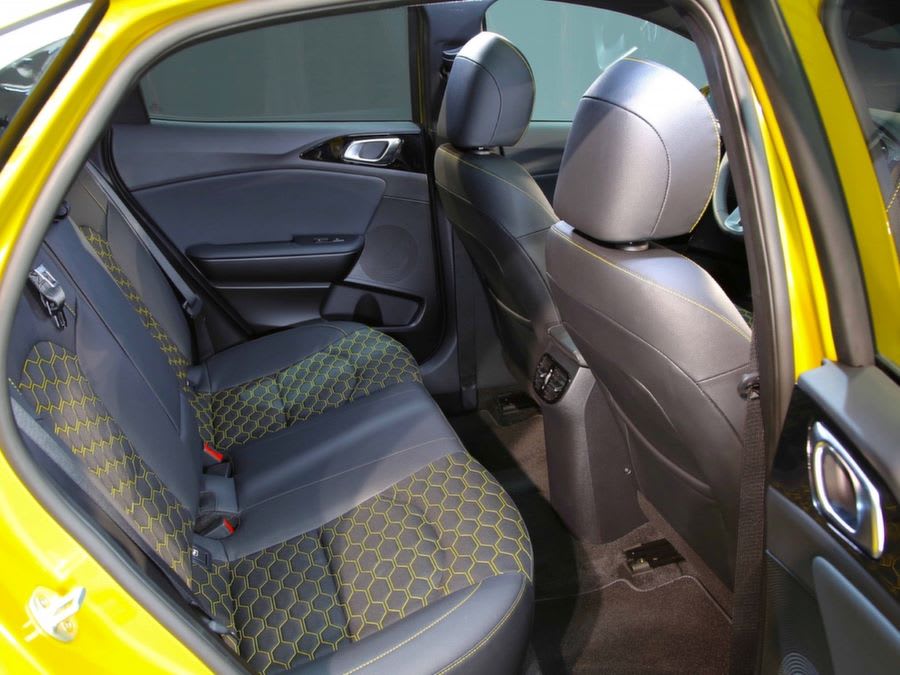
However, a higher ride height doesn't always mean the vehicle is bigger. And, in truth, anyone familiar with a standard Ceed will be hard pushed to notice any additional space inside.
On the downside, rear-seat passengers don't get USB ports, and the door bins in the back are on the small side. There is an armrest that folds out of the middle seats, revealing a couple of cupholders, and a pocket in the back of the front seats to store a couple of magazines or maybe a thin tablet, but that’s about it. The bottom of the side windows is quite high up, too, so kids won’t have a particularly good view.
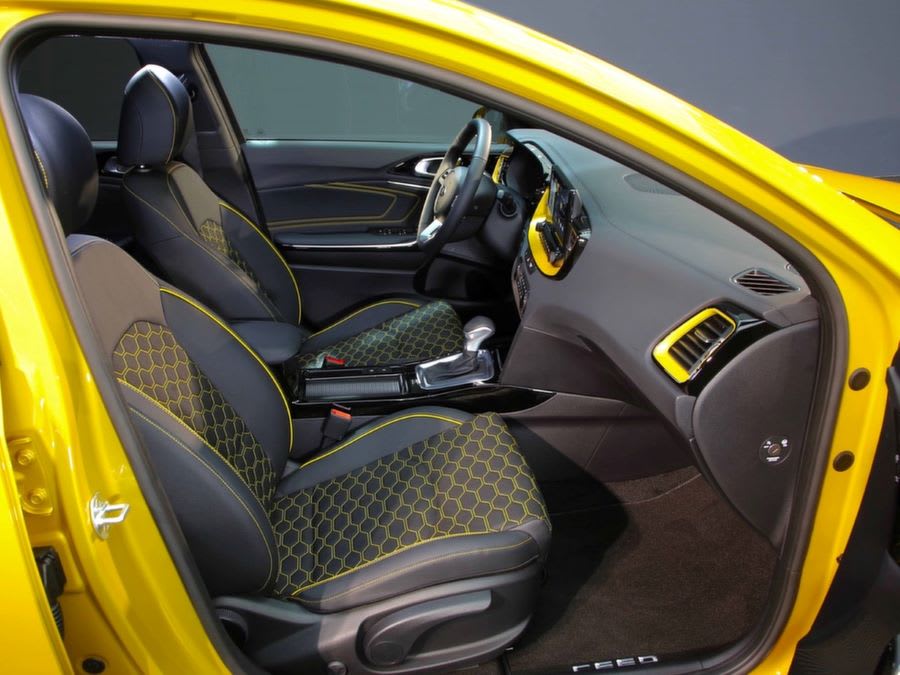
The door bins are bigger in the front, while there's a decent amount of storage space beneath the armrest in the centre console. Plus, the glove compartment is a proper size. You also get a couple of respectably sized cupholders.
The boot provides 426-litres of space, and, on our test car, it includes the powered tailgate that we mentioned earlier. Plus, there’s a double floor meaning that the parcel shelf can be neatly stored away if required.
The Kia's rear seats split 40/20/40 on higher trim models, too.
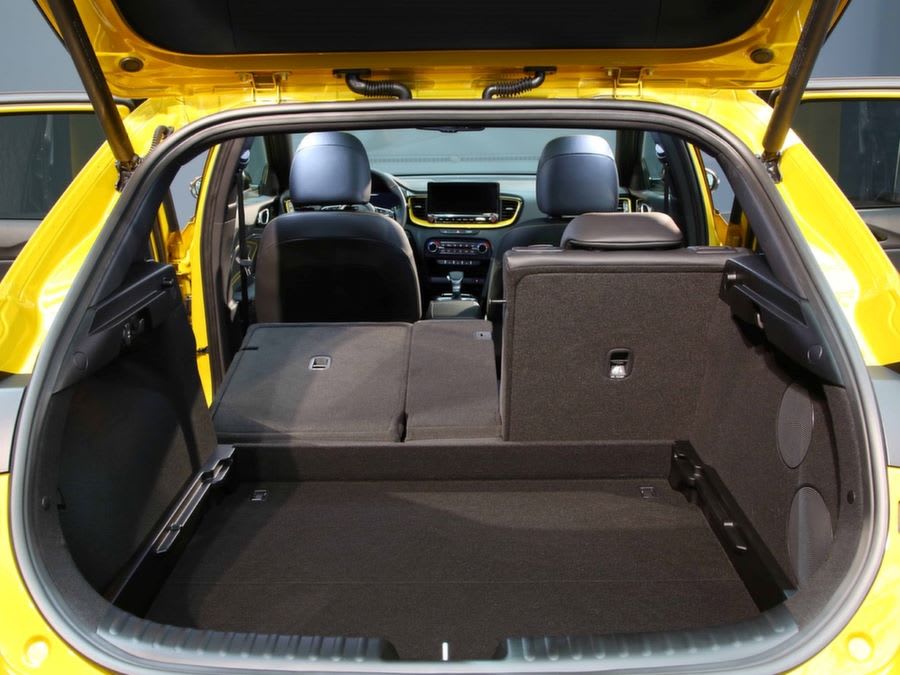
Safety
The Kia XCeed hasn't been crash-tested by Euro NCAP. However, the standard Ceed hatchback was tested back in 2019, which should provide a relevant figure. It achieved a five-star rating, scoring 88 per cent for adult occupants, 85 per cent for children, 68 per cent for pedestrians and 73 per cent for safety assists.
It is worth noting that this score was only achieved because an optional safety pack was fitted. Without this, it only earned a four-star rating, while its scores for pedestrian and safety assists dropped to 68 per cent and 73 per cent, respectively.
In addition, Euro NCAP changed its tests in 2020 to make them more stringent. So, a car that achieved a five-star rating before then won’t do as well if re-tested today.
Nevertheless, you get loads of safety kit with the XCeed, including automatic emergency braking, lane-keep assist, hill-start assist, cruise control and traffic sign recognition. Park Assist is included, too, which will take over the steering to help you park up. But, unlike in some rivals, you still have to control the acceleration and brake.
There’s no 360-degree camera, either, and the reversing camera that is provided isn’t a particularly good resolution.
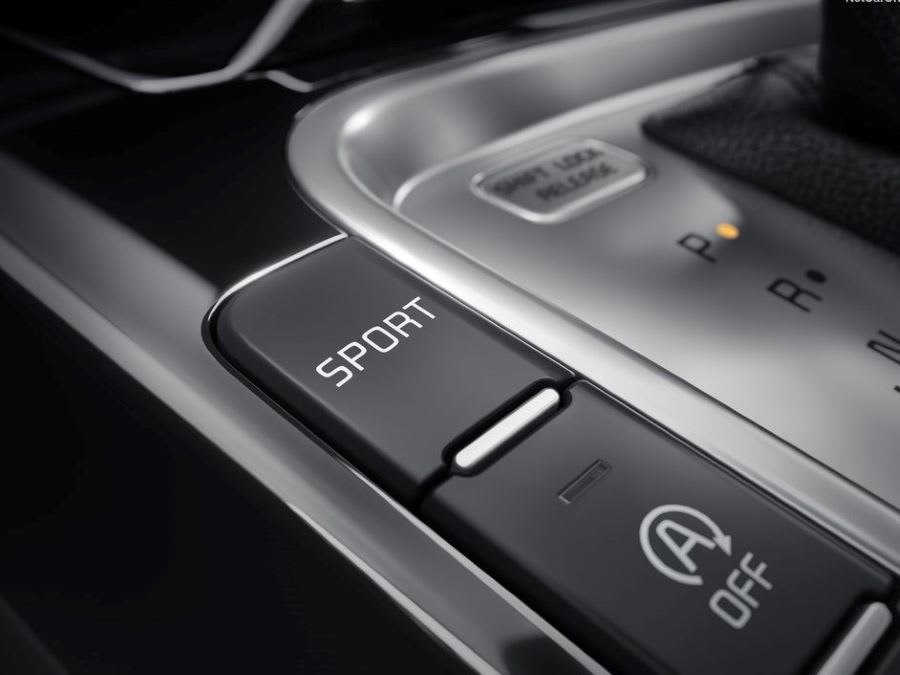
Options
There are plenty of options, although most of these are minor cosmetic changes to personalise your XCeed.
Aluminium alloys are available for an extra cost per wheel, while you can get a plastic strip to sit just below the door handles for a small fee.
Silver door mirror caps cost very little more, while silver door handles, and mudguards can be added for less than it costs to fill the car up with fuel.
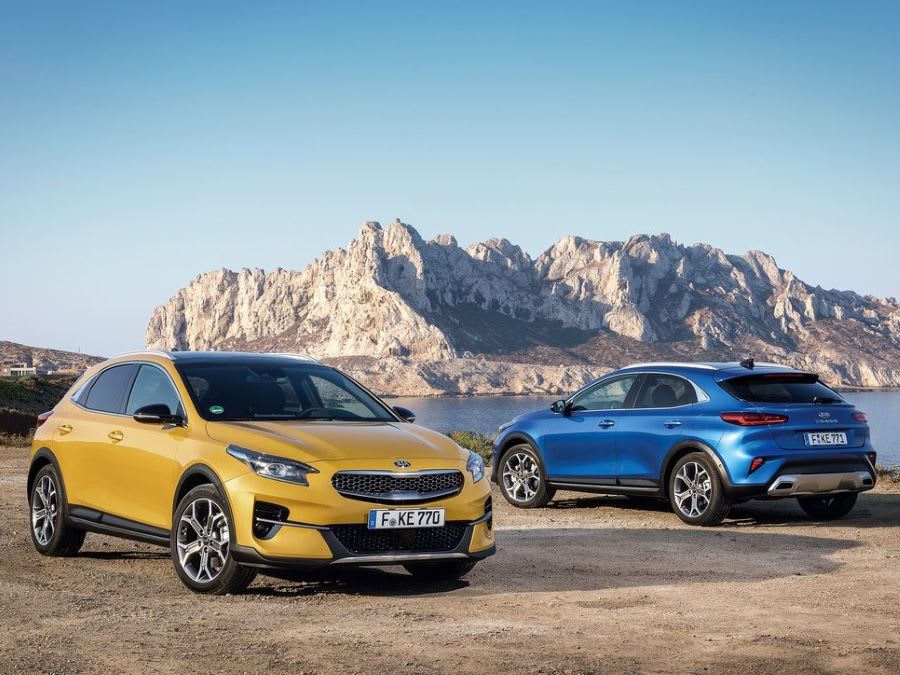
Add-ons such as LED footwell illumination are also available, while carpet mats, aluminium roof bars and a tailgate strip are also cheap optional extras to consider.
If you decide your XCeed is worthy of racing stripes, these can be added and run along the centre of the bonnet and roof.
Tow bar kits, dash cams, first aid kits are also on hand.
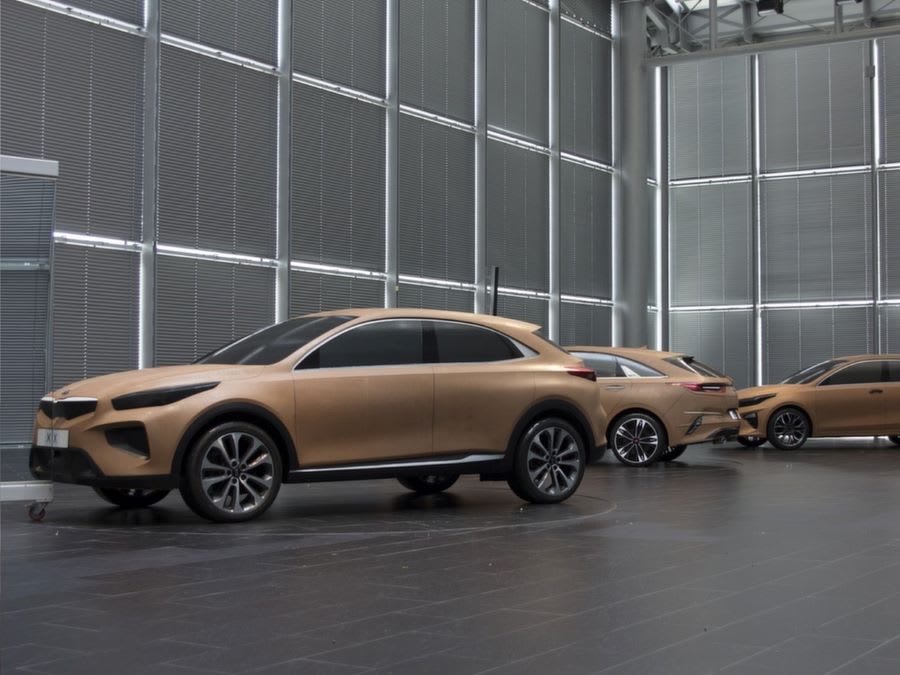
Rival Cars
Other cars you might want to have a look at include the Toyota CH-R, which also has a hybrid version, and the Mazda CX30, which has more powerful engines.
Skoda’s Kamiq is also well worth your time looking at if you want a step up in class. And Volkswagen’s T-Cross and the BMW X2 are two other worthy candidates that look more like traditional SUVs, even though both are crossovers, strictly speaking.
In truth, most of these are superior to the Kia XCeed in terms of practicality. And, regarding the overall package, the Skoda, VW, and BMW offer a lot more. Although you'll pay more for the privilege.
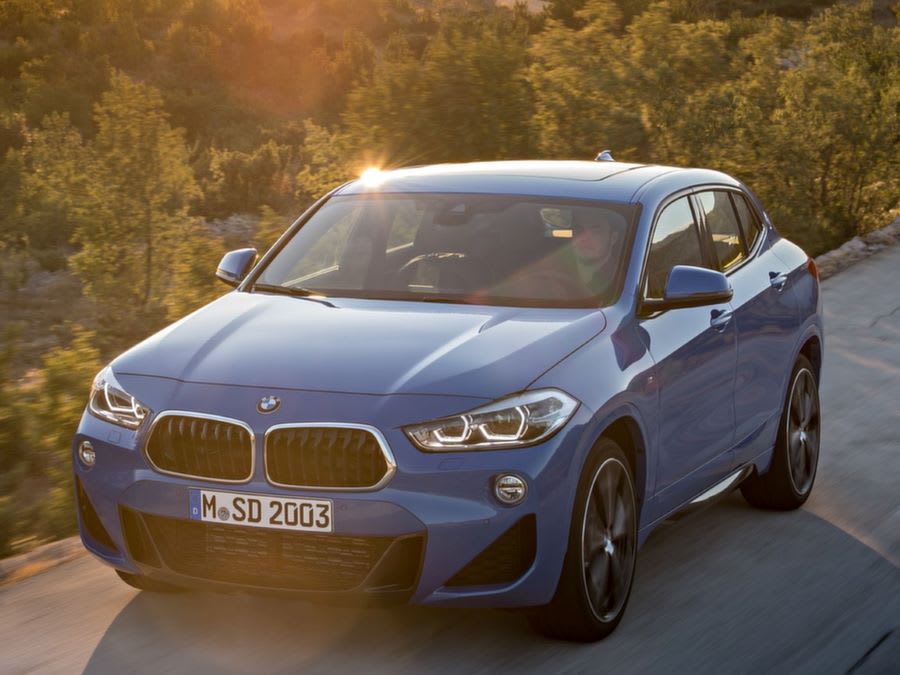
Verdict & Next Steps
Overall, the XCeed is a good effort from Kia. It has striking looks, the engines are half-decent, and it comes packed with technology.
But the ride comfort could be better, especially at lower speeds, while other rivals offer more space and practicality.
In some ways, there is little point in going for the XCeed when you look at it logically. The standard Ceed uses less fuel and is hardly any less practical. So, we have to question why you’d choose the XCeed unless you’re eager for a slightly higher driving position.
And, if you do want a higher driving position, then there are plenty of other cars out there that (pardon the pun) exceed the XCeed in terms of luxury, drivability, and practicality.
The hybrid version makes it more viable in terms of fuel economy, but its much higher price offsets this compared with the turbo petrols. And, of course, there's a plug-in hybrid in the Ceed Sportswagon, too, which also benefits from better practicality.
It might be worth looking at the plug-in hybrid XCeed as a company car to take advantage of the Benefit in Kind tax breaks. But, other than that, it's hard to make a case for the XCeed, which is a shame as it’s not a bad car.
In fact, you can have some fun in it. It's just that the crossover market is now so saturated that you don’t have to look far to find many other rivals that, when you scratch beneath the service, offer better value for money.
Where to next?
View latest Kia XCeed Leasing Deals- from just £177.60 per month inc VAT**
Looking for a great leasing deal? Check out our incredible range of car lease deals
New Convertible? Read our latest Car Reviews and find the right model for you
Want to know more about leasing? Take a look at our comprehensive Leasing Guides
Interested in everything motoring? Why not catch up on all the latest Car Leasing News.
**Score based on Select’s unique meta score analysis, taking into account the UK’s top five leading independent car website reviews of the Kia XCeed
**Correct as of 04/02/2022. Based on 9 months initial payment, 5,000 miles over a 48 month lease. Initial payment equivalent to 9 monthly payments or £1,598.40 Ts and Cs apply. Credit is subject to status.



















